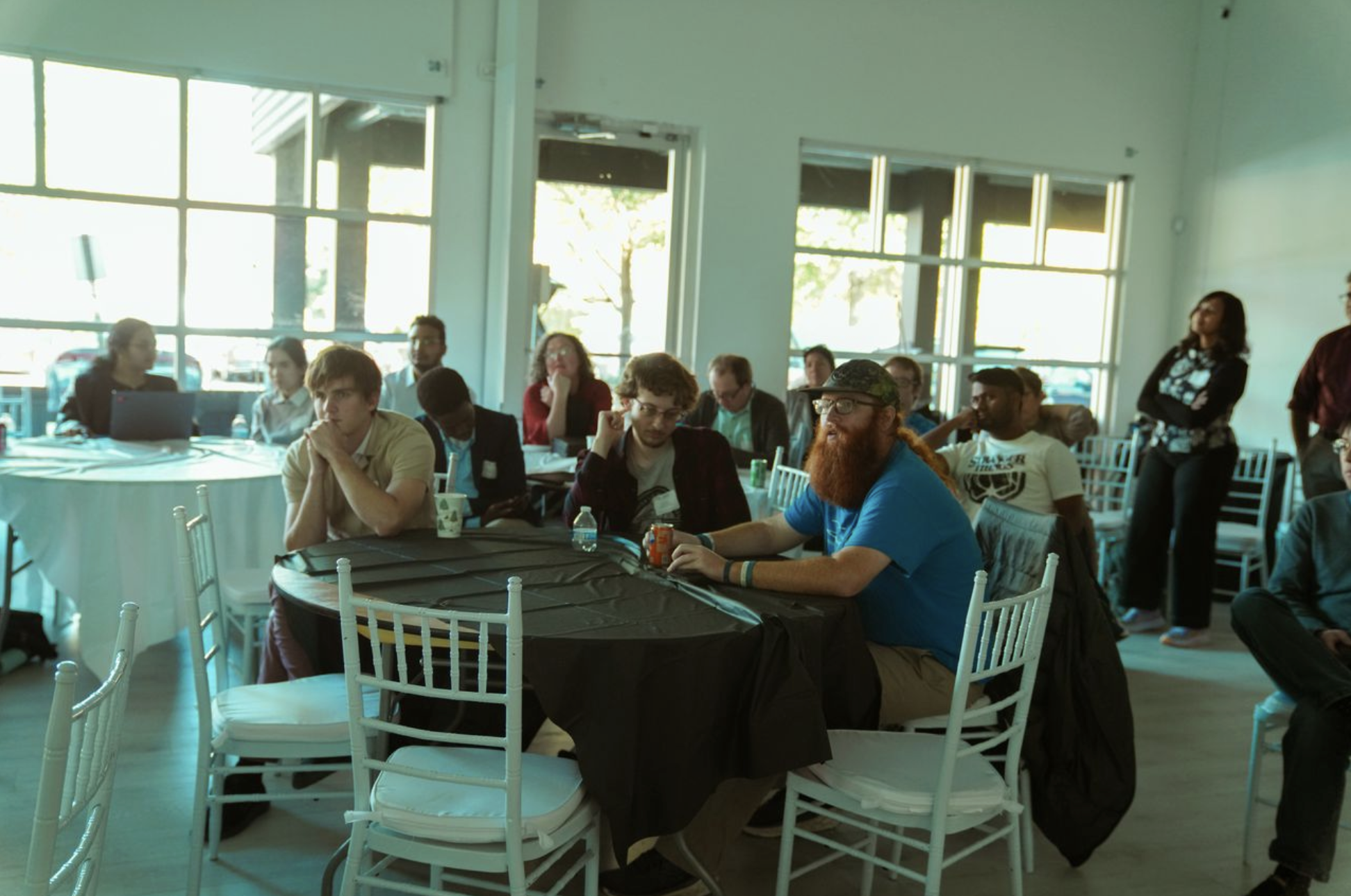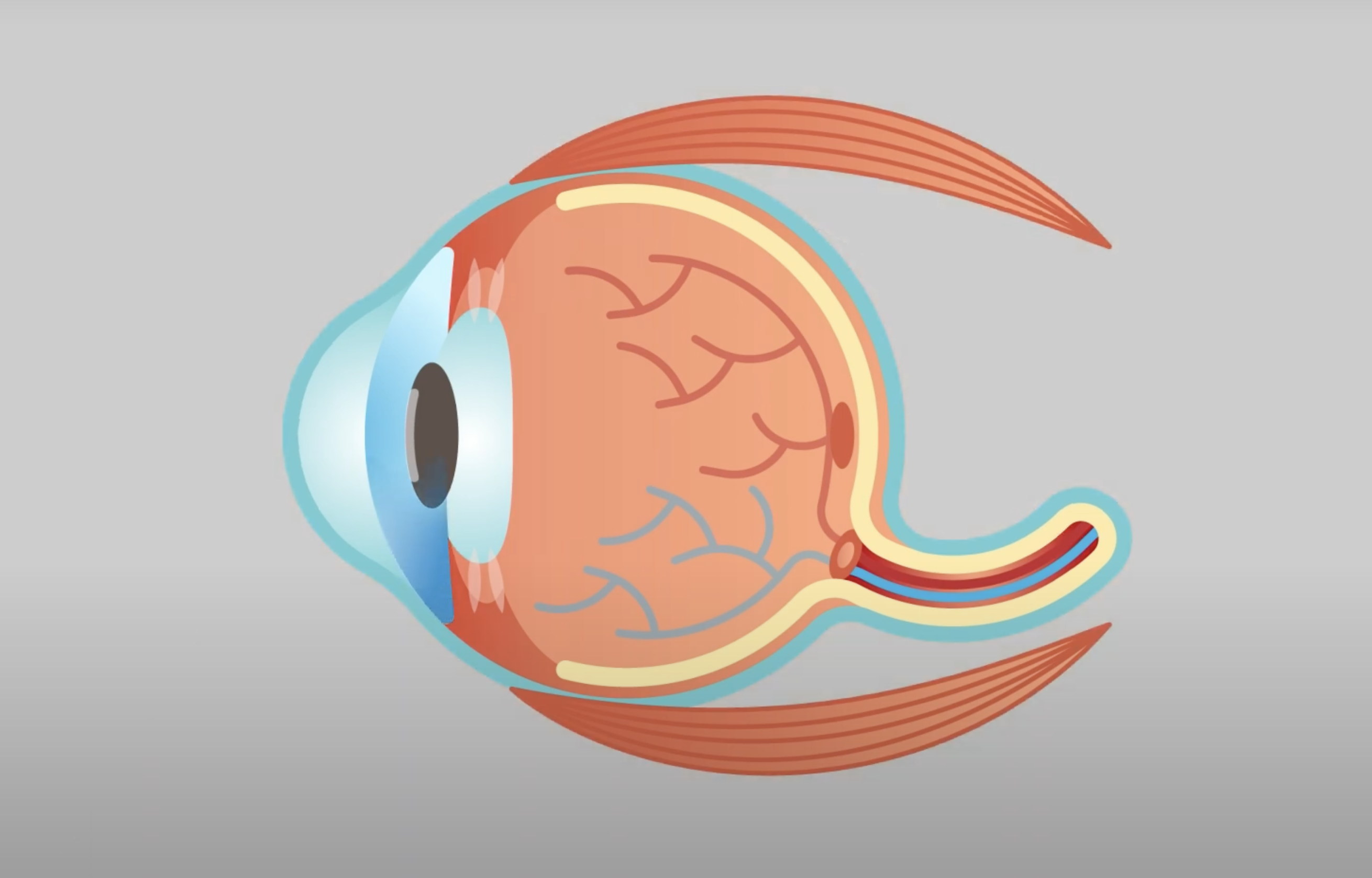
Students and faculty watching an oral presentation at the 2025 Fall Retreat.
 | Under Pressure: Georgia Tech Researchers Discover a Potential New Way to Treat GlaucomaNewly discovered antibodies break down the protein that causes glaucoma. |
College of Sciences Alum Jill I. Gostin (M.S. MATH 1989) has been elected to serve as the President-Elect of the Institute of Electrical and Electronics Engineers (IEEE), marking a significant achievement in her decades of technical and professional leadership. Gostin is a former longtime research leader at the Georgia Tech Research Institute.
GTRI NewsAssistant Professor Christopher Carr co-authored an article published in The Conversation that discusses NASA's ESCAPADE mission to Mars. Carr characterizes the mission as a “testament to a new era in spaceflight”.
The ConversationIn an article published by The Conversation, Benjamin Freeman, assistant professor in the School of Biological Sciences, discusses his research, including a recent study on how mountain birds in the Pacific Northwest are responding to climate change.
The Conversation